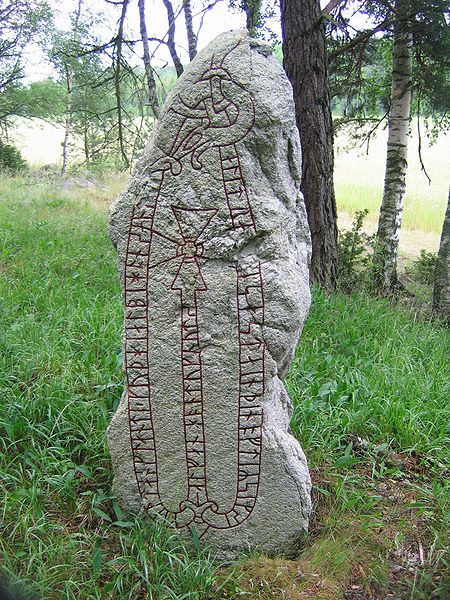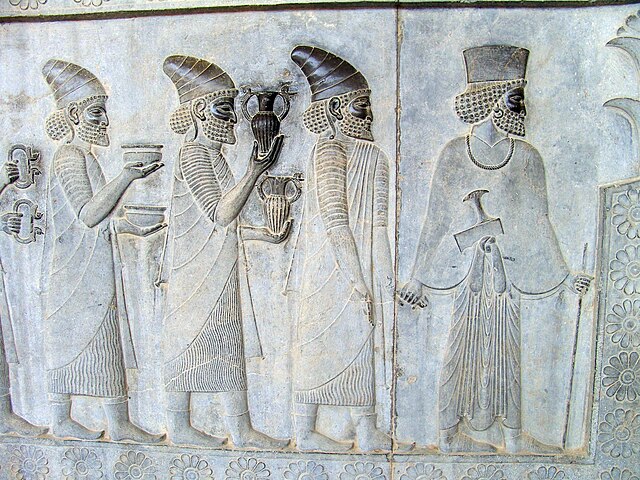Danegeld was a tax raised to pay tribute or protection money to the Viking raiders to save a land from being ravaged. It was called the geld or gafol in eleventh-century sources. It was characteristic of royal policy in both England and Francia during the ninth through eleventh centuries, collected both as tributary, to buy off the attackers, and as stipendiary, to pay the defensive forces. The term Danegeld did not appear until the late eleventh century. In Anglo-Saxon England tribute payments to the Danes was known as gafol and the levy raised to support the standing army, for the defence of the realm, was known as heregeld (army-tax).
The runestone U 241 in Lingsberg, Uppland, Sweden, was raised by the grandchildren of Ulfríkr circa 1050 in commemoration of his twice receiving Danegeld in England.
The runestone U 344 in Orkesta, Uppland, Sweden, raised in memory of the Viking Ulf of Borresta, says that three times he had taken Danegeld in England. The first one was with Skagul Toste, the second one with Thorkell the Tall and the last one with Canute the Great.
The runestone U 194, in a grove near Väsby, Uppland, Sweden, was raised by a Viking in commemoration of his receiving one Danegeld in England.
A tribute is wealth, often in kind, that a party gives to another as a sign of submission, allegiance or respect. Various ancient states exacted tribute from the rulers of lands which the state conquered. In the case of alliances, lesser parties may pay tribute to more powerful parties as a sign of allegiance. Tributes are different from taxes, as they are not collected in the same regularly routine manner that taxes are. Further, with tributes, a recognition of political submission by the payer to the payee is uniquely required.
A procession of high-ranking Assyrian officials followed by tribute bearers from Urartu. From Khorsabad, Iraq, c. 710 BCE. Iraq Museum
Objects in the "Apadana" reliefs at Persepolis: armlets, bowls, and amphorae with griffin handles are given as tribute.
The Tribute Money, George Hayter, 1817.






